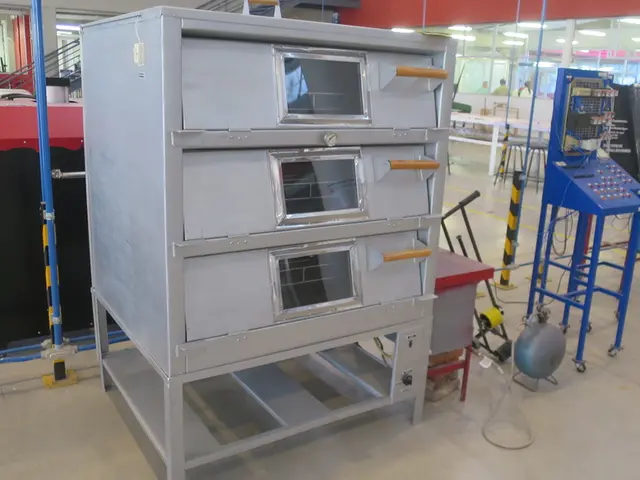Research Spotlight: Miriam Kastner's Journey as a Scientist
In the realm of oceanography and geochemistry, Dr. Miriam Kastner stands as a prominent figure, renowned for her work in analyzing chemical and isotopic properties of ocean sediments. Her research primarily focuses on gas hydrates and their impact on seawater chemistry.
The study of seawater properties over geologic time relies heavily on proxies, indirect indicators of ocean properties. Dr. Kastner's work involves the development of new proxies to gain a deeper understanding of seawater properties.
Gas hydrates, primarily composed of methane, play a significant role in the ocean's chemistry and climate. They are found in vast quantities in continental margins and convergent margins (subduction zones), with an enormous amount of carbon sequestered in gas hydrate mineral formations. However, if these gas hydrates decompose, the released carbon and associated methane could have significant impacts on seawater chemistry and climate, a focus of current research.
Methane hydrates also play a role in slope stability, especially during glacial/interglacial fluctuations. They help maintain the stability of slopes, but their decomposition can lead to landslides and other geological events.
Historically, the working environment for female researchers was not always encouraging. Many faculty members did not take women seriously, but significant progress and changes have occurred in the past 30 years. Today, young women scientists do not necessarily realise the struggles of earlier generations in improving the status of women in science.
Dr. Kastner's career path and motivations for specializing in geochemistry and oceanography are not well-documented. However, it is likely that she developed her specialization through interests sparked during undergraduate and graduate studies in geology, chemistry, and earth sciences, followed by research opportunities that aligned with oceanographic geochemistry.
Aspiring young women scientists should do their best and not expect special favors, just as Dr. Kastner and many other successful scientists have done. Self-confidence is crucial for success in science, as it is in any field.
The potential impact of methane release from gas hydrates on the ocean and atmosphere is a pressing concern. A proxy for the history of seawater sulfate using sulfate sulfur isotopes has been developed, offering insights into oxygen and carbon fluctuations. This research could help predict and mitigate the effects of methane release on our climate.
In conclusion, Dr. Miriam Kastner's research on gas hydrates and seawater chemistry is crucial in understanding the ocean's past, present, and future. Her work contributes significantly to our understanding of climate change and the potential impacts of gas hydrate decomposition.
- Despite facing obstacles in the past, education and self-development activities have played a pivotal role in the success of women in science, as demonstrated by Dr. Miriam Kastner.
- The study of women's health, particularly menopause, shares aspects with environmental science, as both deal with significant changes and the long-term effects on biological systems.
- Aspiring scientists in the field of health and wellness, medical-conditions, environmental-science, space-and-astronomy, and other disciplines can benefit from personal growth and continuous learning, aiming to make significant contributions like Dr. Kastner in their respective fields.
- In the realm of oceanography, Dr. Kastner's research on gas hydrates and their impact on climate change aligns with the broader goals of health and wellness, as maintaining the health of the planet contributes to the overall health and wellness of all living beings.
- Understanding the properties of seawater through studies in geochemistry and oceanography is essential for developing proxies and finding solutions in health and wellness, medical-conditions, and environmental-science, as these fields increasingly focus on long-term, sustainable solutions for both human and planetary health.




